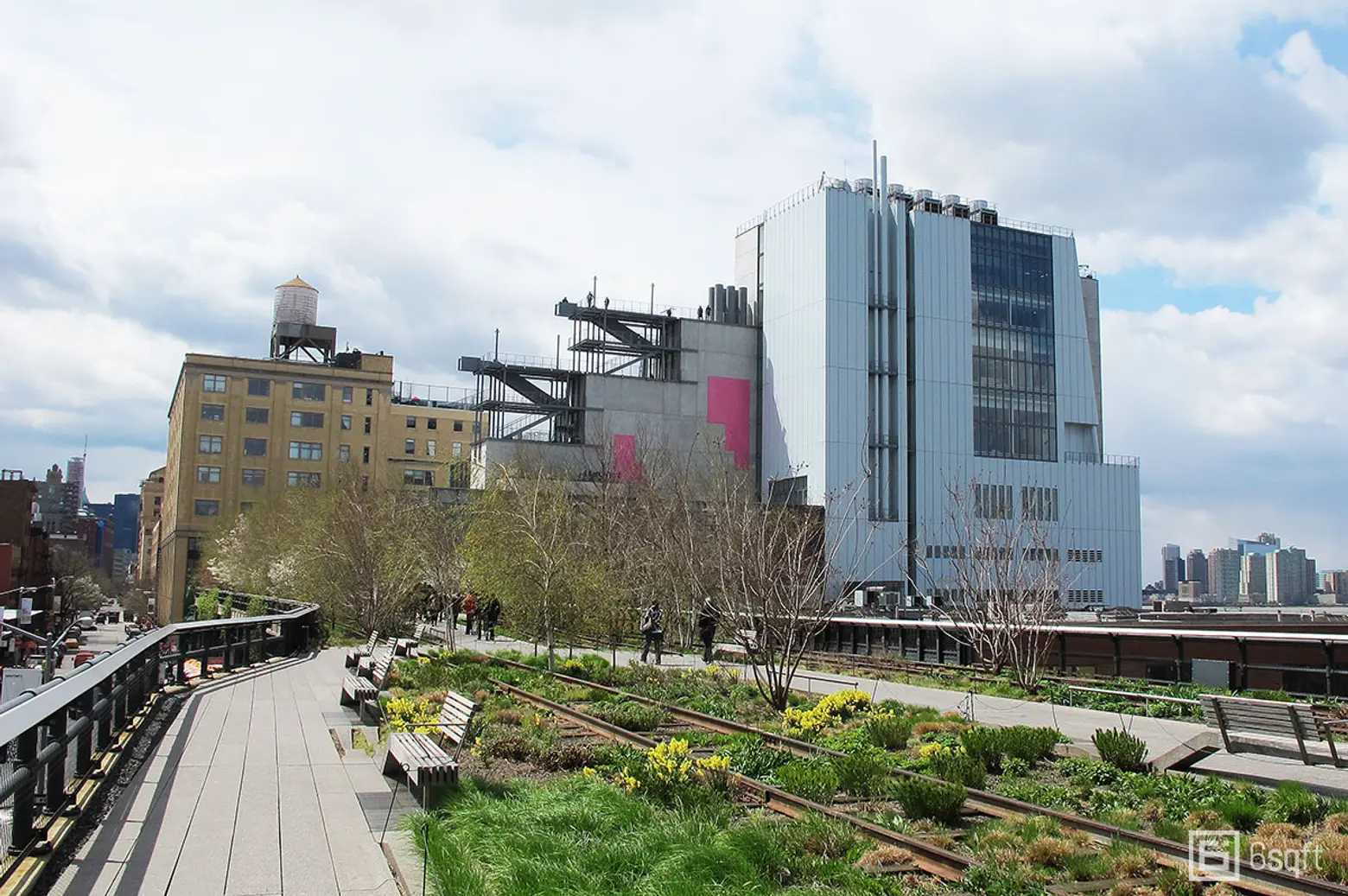How the Whitney Installed an Invisible Flood Barrier After Hurricane Sandy

For the past few months, all eyes have been on the new Whitney. From architecture reviews of Renzo Piano’s modern museum to insider looks at the galleries, New Yorkers can’t stop talking about the design of this game-changing structure. It wasn’t all sunshine and roses for the building, though. In 2012, halfway through construction, Hurricane Sandy flooded the museum with more than five million gallons of water, causing the architects to rethink the site.
The Whitney now boasts a custom flood-mitigation system that was “designed like a submarine,” according to engineer Kevin Schorn, one of Piano’s assistants. As The Atlantic reports, the system has a 15,500-pound water-tight door that was designed by engineers who work on the U.S. Navy’s Destroyers and can protect against a flood level of 16.5 feet (seven feet higher than the waters during Sandy) and withstand an impact from 6,750 pounds of debris. But what’s just as amazing as these figures is the fact that this huge system is invisible to the average person.
The Whitney’s lobby is located ten feet above seal level, and the massive door is inside the Hudson River-facing facade of the building. Though it’s 14 feet tall and 27 feet wide, an individual person is able to close it in case of an emergency. Additionally, the system includes a 500-foot wall of stacked aluminum beams that can be assembled in under seven hours. They’re currently stored in a warehouse and are not dissimilar from the AquaFence barriers that have popped up in lower Manhattan. And just as Renzo Piano wanted, in order to preserve his design aesthetic, this is all virtually invisible. In fact, most reviews of the building cite its openness and indoor/outdoor connection.

AquaFence flood barrier at 2 Water Street
More than protecting itself, the Whitney is also serving as a model for other art institutions across the country that are susceptible to flooding and need to protect not only their buildings, but their art collections. Here in New York, for example, Chelsea’s Rubin Museum of Art fortified its roof against flooding and high-speed winds; MoMA put in a flood-retaining pool at its Long Island City storage facility; and the 9/11 Memorial and Museum, which took on 22 million gallons of water during Sandy, is working with the Port Authority to create a more protected space. “The museum’s actions—turning to specialists in naval engineering, for example—augur an era of improvised ingenuity, of localized efforts to address a problem in dire need of a global solution,” says the Atlantic.
[Via The Atlantic]
RELATED:



























